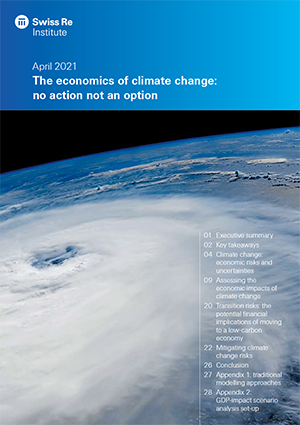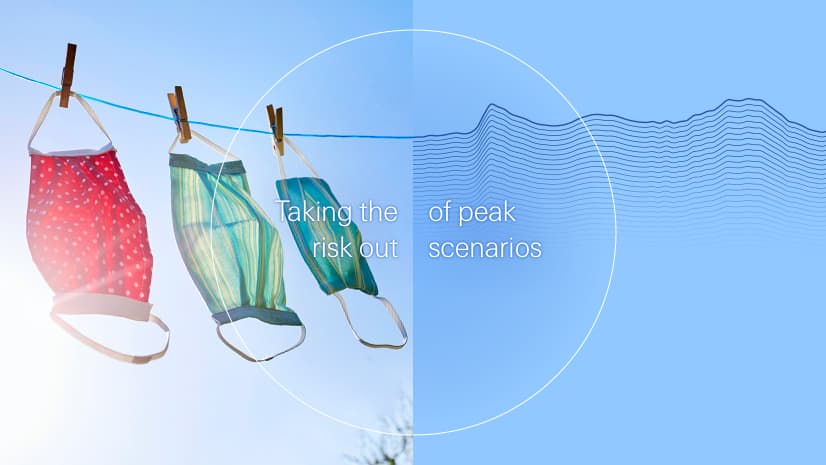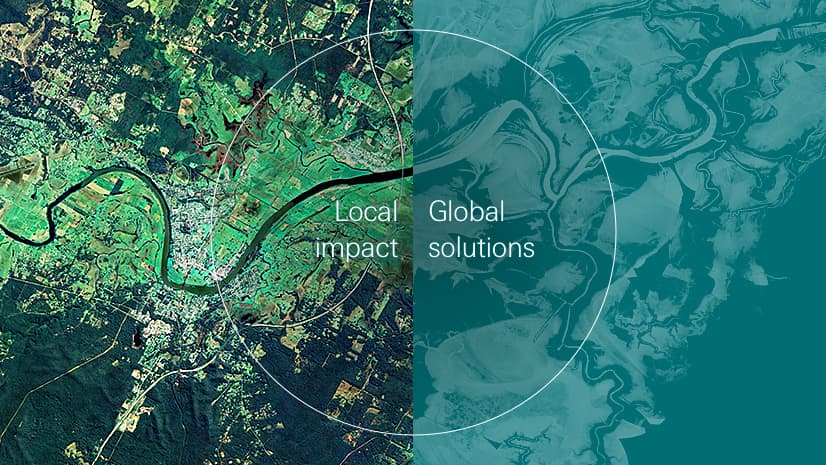Urbanisation and urban sprawl: the key drivers of future claims
Rapid change to human settlement is the leading driver of natural catastrophe loss increases. This makes it a priority for Swiss Re’s research around climate risks.
Urbanisation is a concern for reinsurers for two main reasons. Firstly, cities concentrate insured assets in a relatively small area – often along coastlines or major rivers exposed to flooding or windstorms. High concentrations of value in an exposed area mean that a single event can cause very high insured losses for property and business interruption.
Secondly, urbanisation and urban sprawl bring significant changes to the vulnerability of a built-up environment. Urban sprawl into former flood plains can seal ground surfaces, diminishing nature’s ability to retain flood water, and increasing the impact of flooding. Understanding urbanisation trends is important for natural catastrophe risk models because our models need to be calibrated on the cities of today or the near future.
For this reason, Swiss Re has invested into techniques that move our underwriting away from a reliance on historical claims that are based on very different urban landscapes. This modelling is key to provide underwriters with an accurate view of the risks.
Underwriting can factor in climate change over the long term
Although climate change is well-researched, the potential consequences for weather-related catastrophes remain highly uncertain over the long term. For property underwriting, however, there is the advantage that changes to natural catastrophe activity are taking place slowly – over decades.
This is an important point for Swiss Re’s underwriting approach. As a rule, most property reinsurance contracts are generally renewed yearly and can be repriced to consider both the actual losses that occur as well as any updated model assumptions.
This regular update on the pricing for business affected by natural catastrophes effectively gives us the means to price in the effects of climate change as existing business is renewed.



